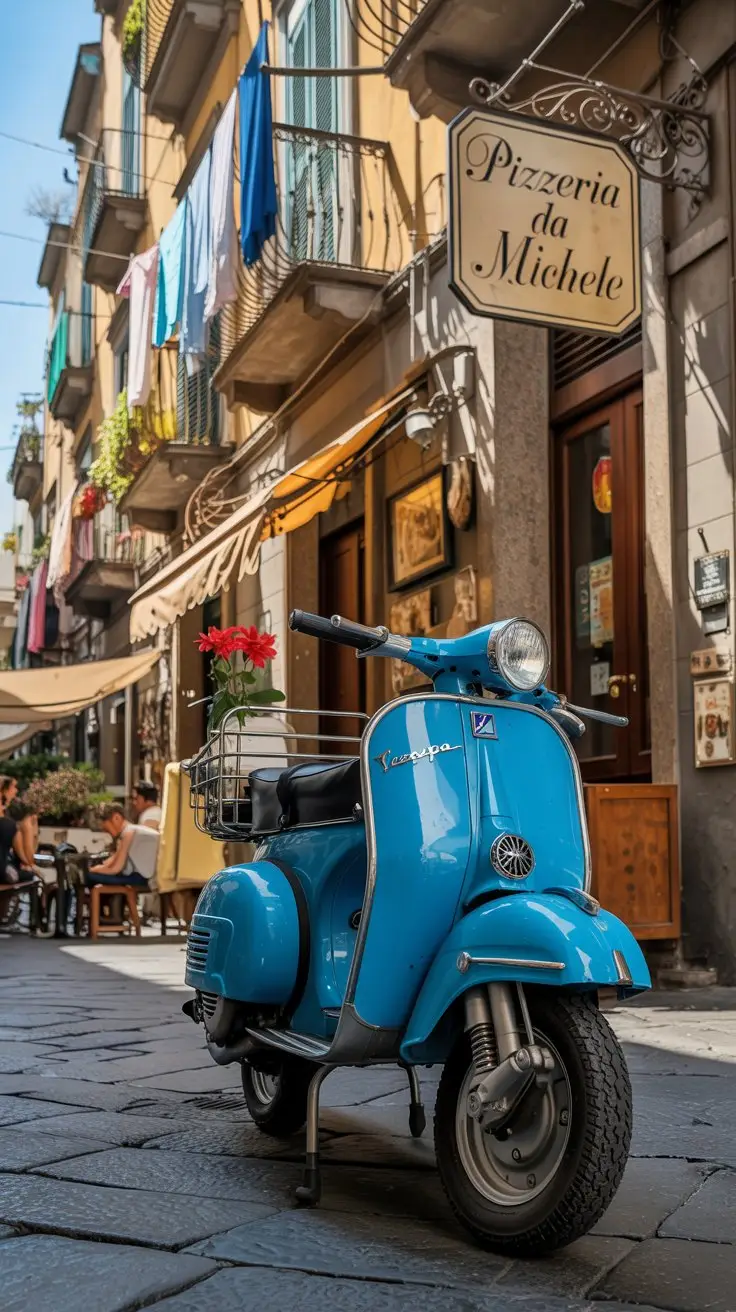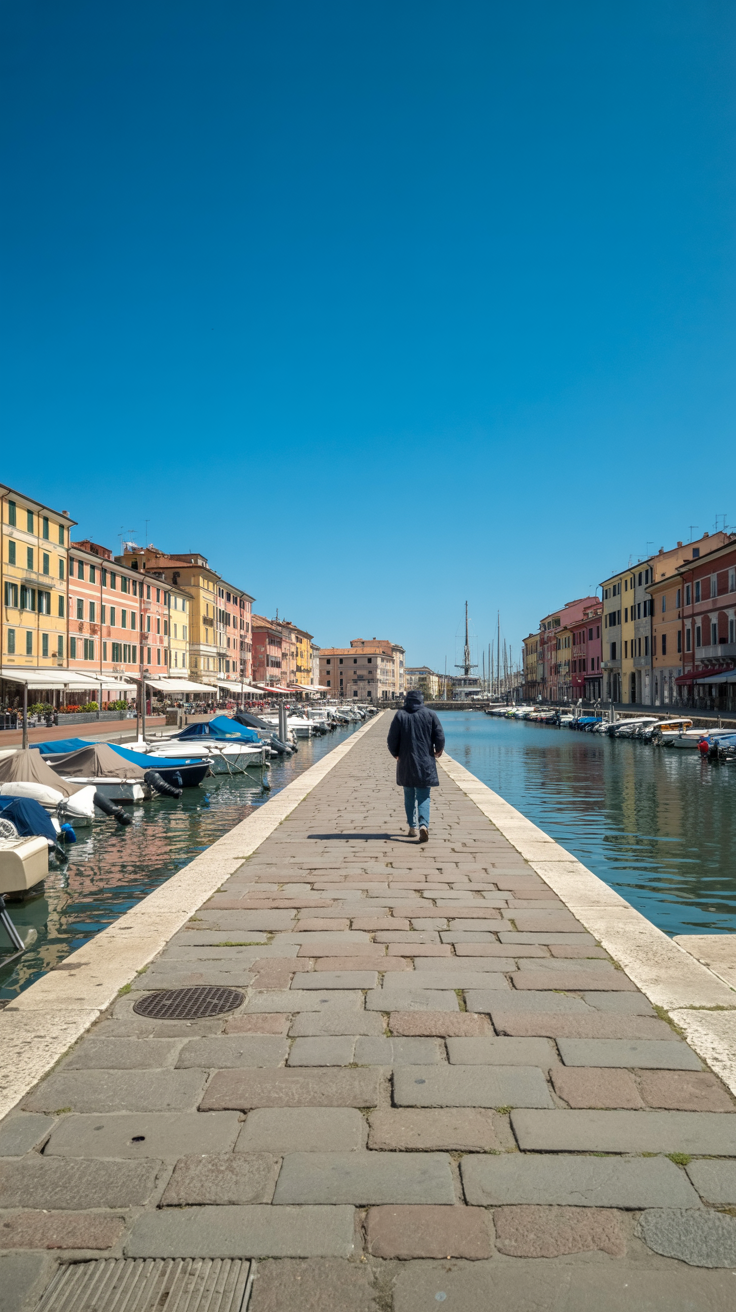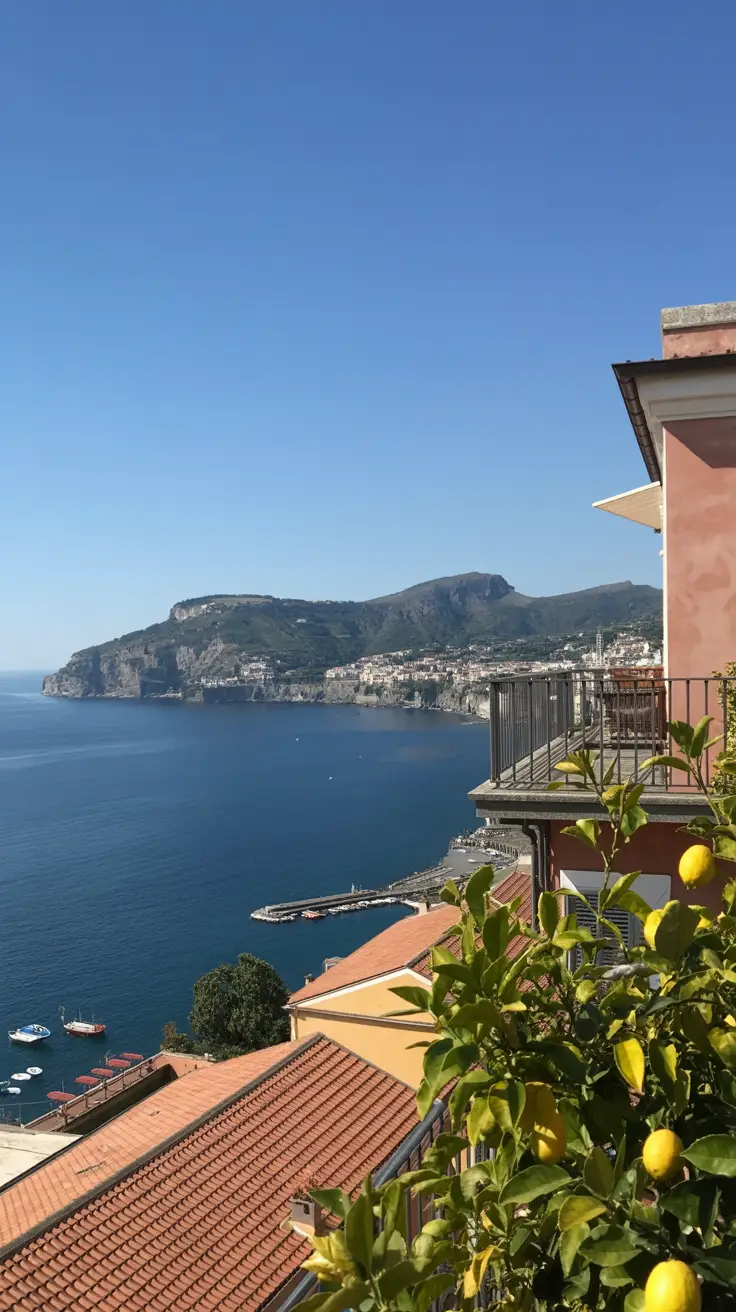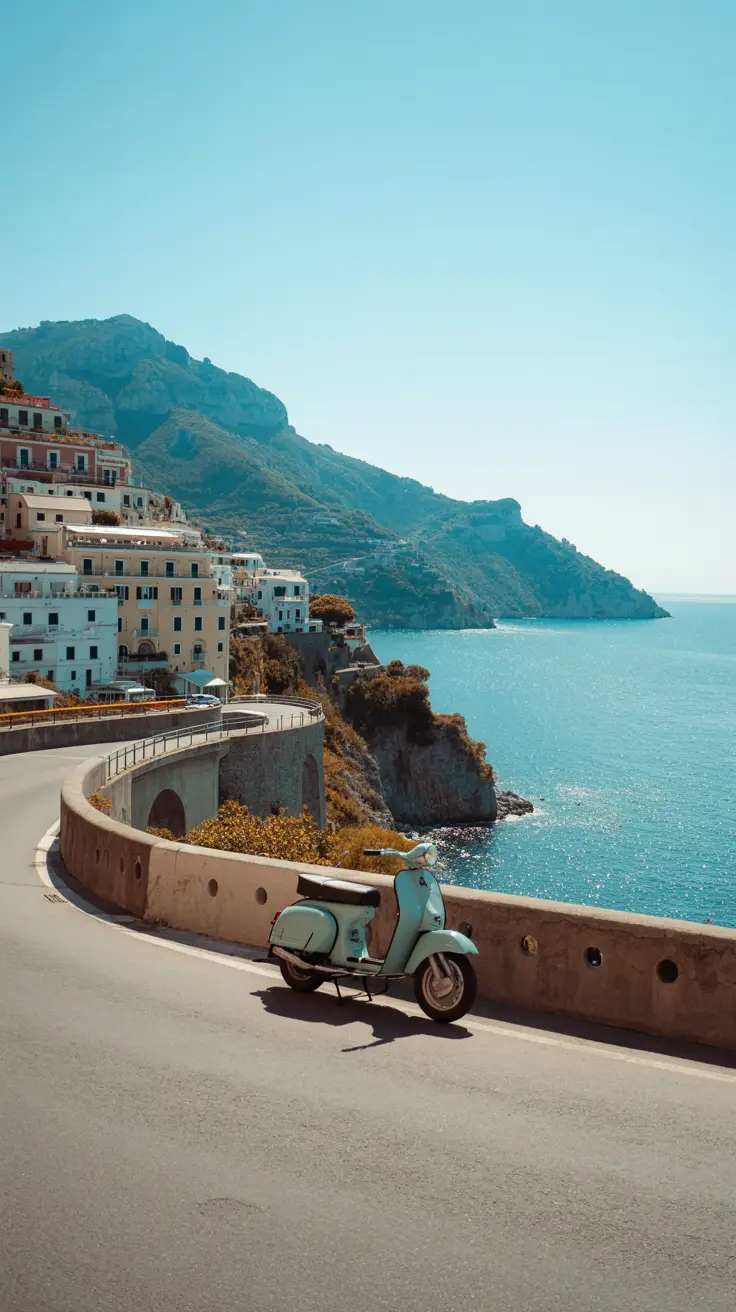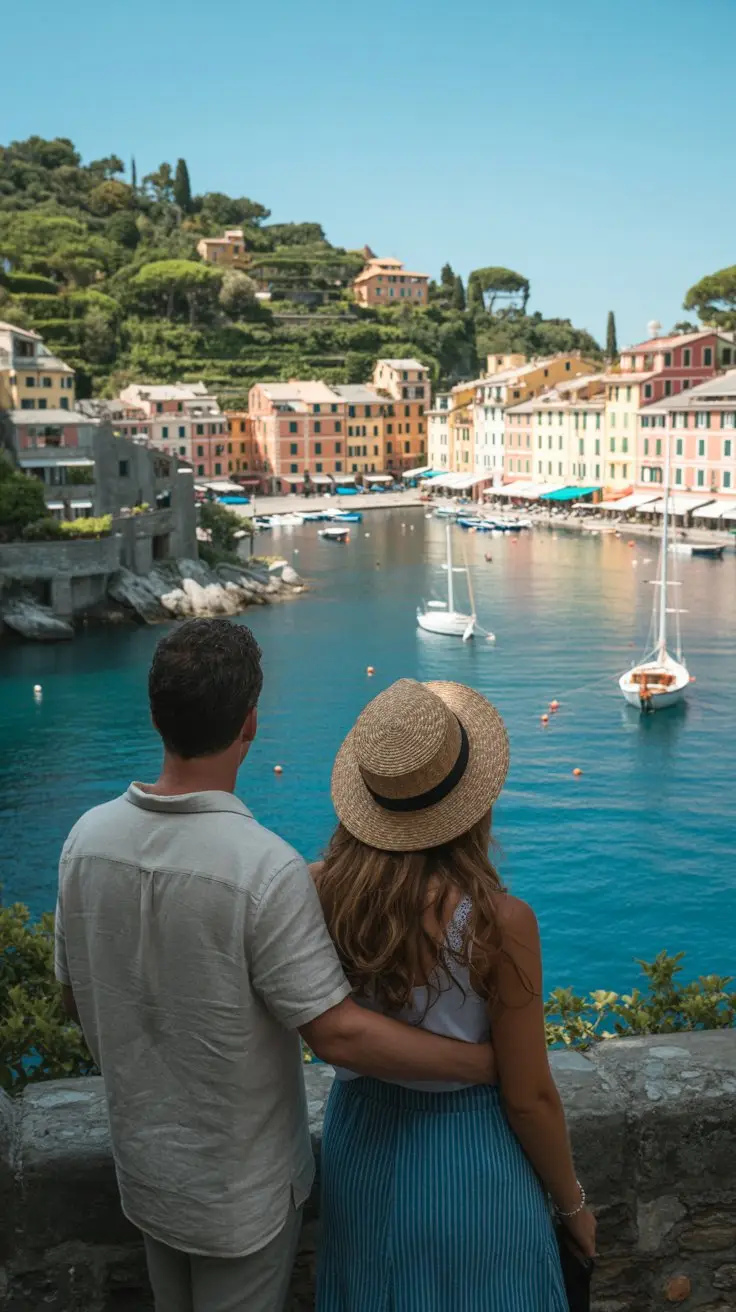Italy’s Mediterranean cruise ports aren’t just stops on your itinerary – they’re crash courses in civilization itself. From Venice’s impossible engineering to Sicily’s volcanic drama, these eleven ports prove why Italy remains the Mediterranean’s undisputed champion.
After three decades of Mediterranean cruising, I can tell you that Italian ports are like a master class in “how to do tourism infrastructure right” – while somehow maintaining that effortless Italian charm that makes waiting in line feel like part of the experience. Most countries give you one or two decent cruise ports. Italy gives you eleven legitimate reasons to book back-to-back Mediterranean cruises.
Here’s what separates Italy from every other Mediterranean destination: these aren’t just pretty harbors with decent restaurants. Each port delivers authentic access to genuinely world-class attractions, often within walking distance of your gangway. Try finding that combination anywhere else.
The Heavy Hitters: Italy’s Must-Experience Ports
Let me break down Italy’s cruise port hierarchy, from the absolute essentials to the hidden gems that separate seasoned cruisers from the masses:

Rome (Civitavecchia Port)
Civitavecchia handles more cruise passengers than almost any other Mediterranean port, and they’ve earned that status through sheer logistical competence. The 80-kilometer distance from Rome puts off some travelers, but that’s amateur thinking – the infrastructure here puts most airports to shame.
- Express trains run every 30 minutes – 45 minutes to central Rome
- Port shuttles coordinate perfectly with train schedules
- Skip-the-line Vatican access through cruise partnerships actually works
- The port’s passenger flow system prevents the bottlenecks that plague Barcelona or Palma
Veteran insight: The Stazione Marittima has a rooftop terrace that most passengers never find. Ask at the information desk – the harbor views rival anything you’ll pay for in Rome.
👉 Complete Rome cruise port guide
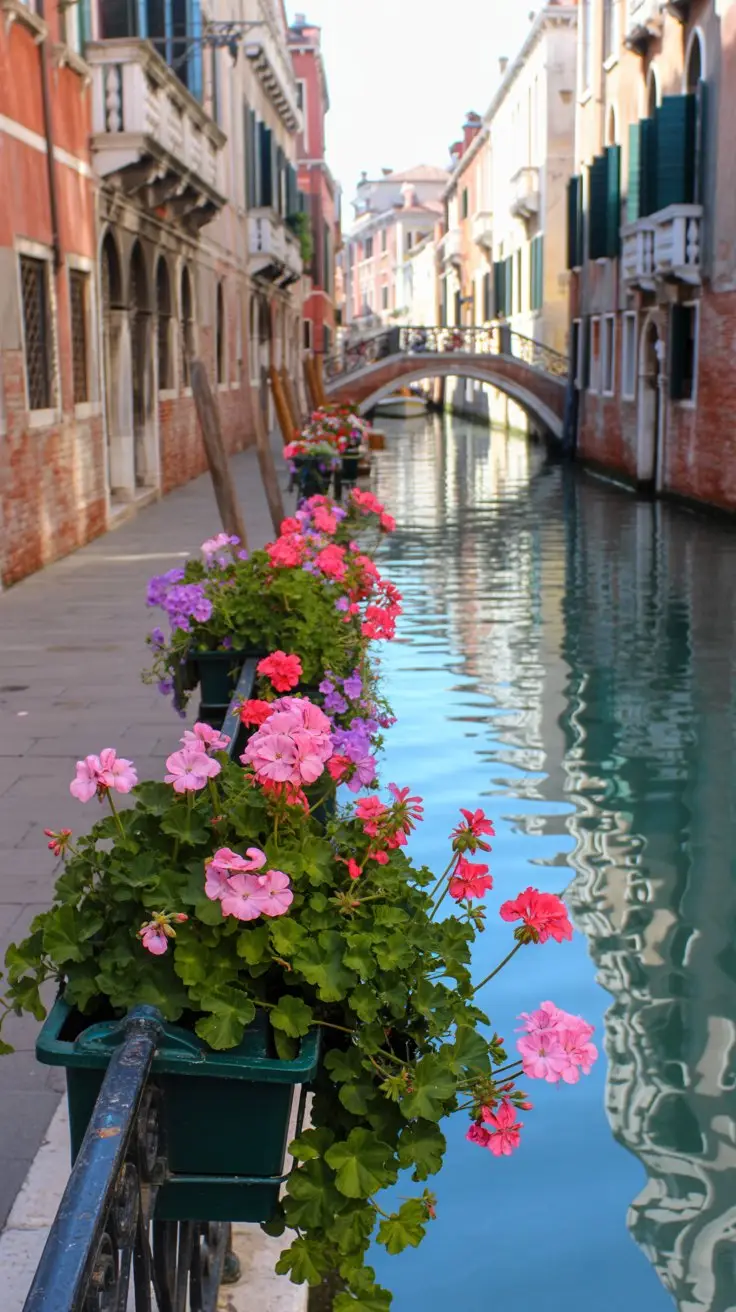
Venice
Cruising into Venice delivers the kind of arrival that justifies the entire cruise industry. The terminal sits directly in the lagoon, making this the most convenient major cultural destination in the Mediterranean – no buses, no trains, just step off the ship into living history.
- Skip the €100 water taxi robbery – the People Mover costs €1.50 to Piazzale Roma
- Acqua alta (high tide flooding) isn’t charming when you’re wearing canvas shoes
- St. Mark’s Square restaurant prices assume you’re financially reckless
- The Rialto Fish Market operates mornings only – real Venice, zero tourists
Pro wisdom: The Venice Card includes unlimited water buses and mainland transport. Buy it before boarding – the ship’s shore excursion desk charges double for the same access.
👉 Complete Venice cruise port guide
Naples
Naples gets dismissed by cruise passengers who mistake intensity for danger, which suits the rest of us perfectly. This port offers the Mediterranean’s best value proposition: world-class archaeology, legitimate pizza culture, and Amalfi Coast access from one convenient harbor.
- Pizza authentication happens at Da Michele or Sorbillo – everywhere else is just bread with toppings
- Circumvesuviana trains to Pompeii run hourly from Napoli Centrale
- The archaeological museum houses the artifacts that make Pompeii meaningful
- Capri day trips book up fast, but the ferry companies add boats when cruise ships dock
Local reality check: Driving in Naples requires Mediterranean temperament and Italian reflexes. The metro system works brilliantly once you decode the route map.
👉 Naples cruise port complete guide
Genoa
Europe’s largest medieval quarter sprawls up from Italy’s biggest commercial port, creating the kind of authentic urban experience that cruise tourism usually destroys. Columbus was born here, and the city still carries that explorer’s restless energy.
- Multiple terminals serve different cruise lines – confirm your location before wandering off
- The funicular and elevator network makes the hillside neighborhoods accessible
- Via Garibaldi showcases Renaissance palace architecture that Florence charges admission to see
- Ligurian focaccia represents the evolutionary peak of bread-making
Hidden advantage: Spianata Castelletto provides panoramic harbor views for the cost of a funicular ticket – fraction of the price, better than the tourist viewpoints.
👉 Genoa port highlights and attractions
Livorno (Gateway to Florence and Pisa)
Livorno exists primarily to get you to Tuscany’s main attractions, and it performs that function with German efficiency wrapped in Italian style. The port infrastructure prioritizes passenger flow over aesthetics – exactly the right priorities.
- Florence trains require advance booking during peak season – the alternative is standing for 90 minutes
- Pisa’s tower photo-op takes 30 minutes by regional train
- Free port shuttles to the station every 15 minutes
- Cacciucco (Livornese fish stew) justifies the return journey alone
Time management: Pre-purchased Uffizi Gallery tickets prevent the queue-induced meltdown that ruins half the Florence excursions from this port.
👉 Livorno cruise port comprehensive guide
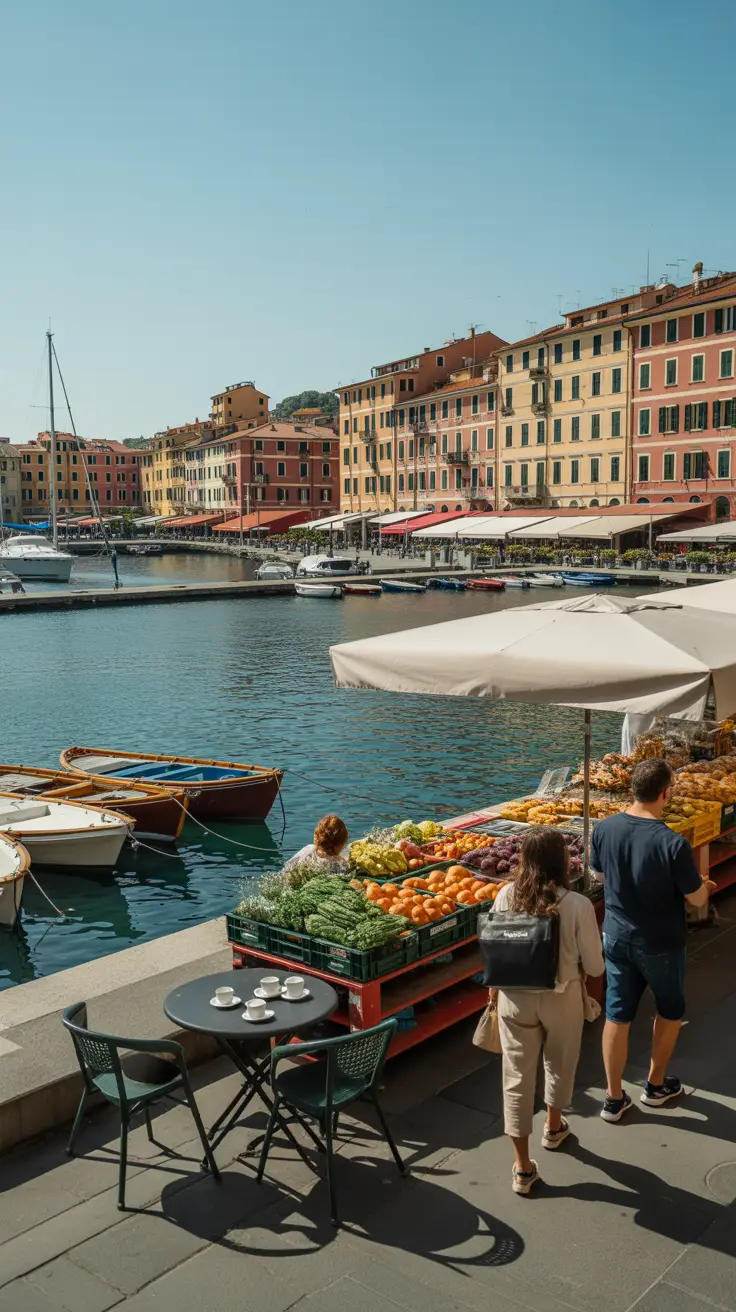
La Spezia (Gateway to Cinque Terre)
Industrial La Spezia transforms into your private entrance to Italy’s most Instagrammed coastline. The cruise terminal’s rail connections put all five Cinque Terre villages within easy reach – assuming you understand the logistics.
- Regional trains run every 15-20 minutes to the village stations
- The Cinque Terre Card provides unlimited village-to-village transport plus hiking trail access
- Monterosso offers the only real beach – the others are swimming platforms wedged between cliffs
- Inter-village hiking requires proper hiking boots and moderate fitness levels
Strategic approach: Start from Monterosso and work east toward La Spezia – the hiking routes favor this direction, and the return train journey shortens as you progress.
👉 La Spezia cruise port detailed guide
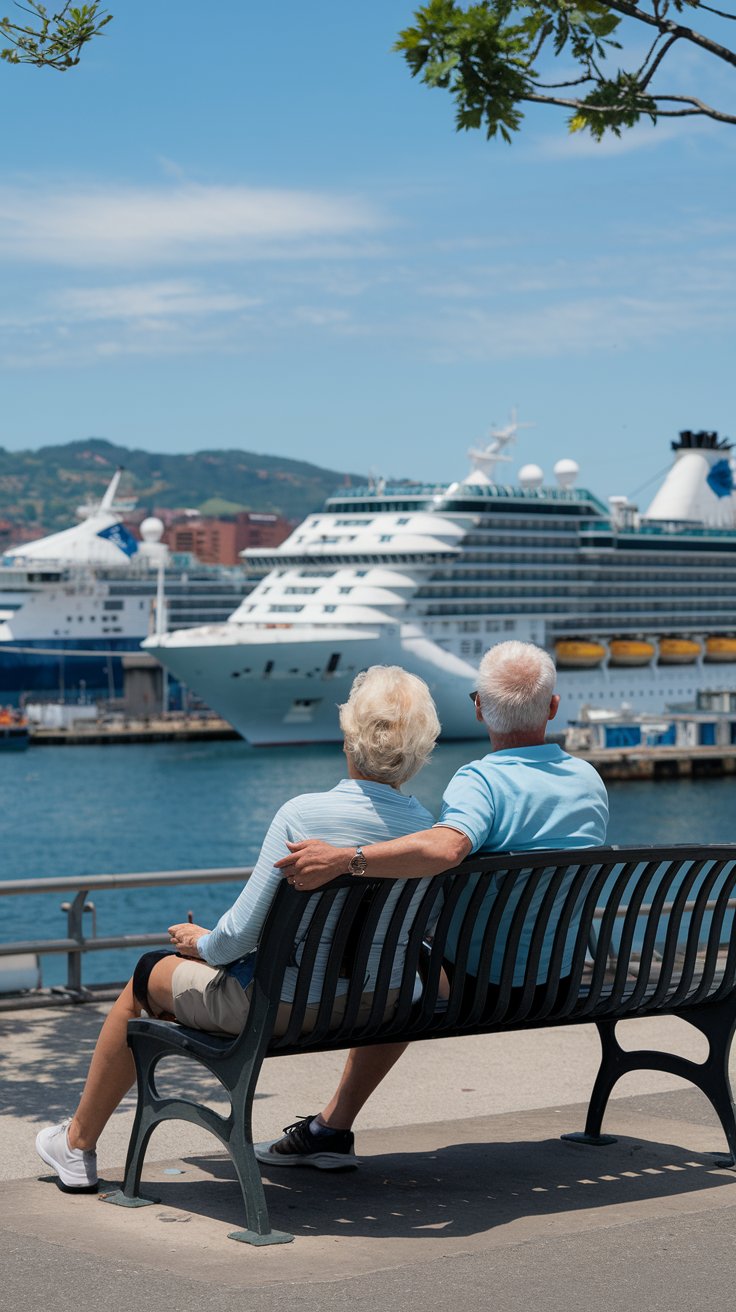
Savona
Costa Cruises’ home base punches well above its tourism weight, delivering Italian Riviera access plus surprising rail connections to Monaco and the French Riviera. Most passengers underestimate this port completely.
- The medieval Priamar Fortress provides harbor views without the Portofino price tags
- Direct trains reach Monaco in under three hours
- The terminal includes proper shopping and dining – not just tourist trap vendors
- Local beaches maintain better water quality than their famous French counterparts
👉 Savona cruise port essential guide
Salerno (Smart Amalfi Alternative)
Progressive cruise lines use Salerno to bypass Sorrento’s tender boat complications, providing easier access to Paestum’s Greek temples and the southern Amalfi Coast. This represents strategic port planning at its finest.
- SITA bus connections reach Amalfi and Positano directly from the port area
- Paestum’s Greek temples rival anything in Athens – with zero crowds
- The old town delivers excellent seafood without the tourist markup
- Parking and traffic flow here actually make sense
👉 Salerno cruise port complete guide
Sorrento
Dramatic cliff-top positioning makes Sorrento the Mediterranean’s most photogenic port approach, but the small harbor requires tender boat operations that depend entirely on weather cooperation.
- Tender capacity limits passenger flow – first and last boats offer the smoothest rides
- The town center sits within easy walking distance of the tender pier
- Limoncello tastings represent mandatory cultural education
- Capri boat trips fill up before most passengers clear the tender queue
👉 Sorrento cruise port detailed guide
Amalfi
The scenic champion of Mediterranean cruise approaches, Amalfi’s coastline delivers the kind of arrival that makes cruise promotional videos seem understated. Tender operations here feel like arriving by private yacht.
- Weather-dependent tendering – Mediterranean afternoon winds can shut down operations
- The cathedral’s bronze doors date to 1066 – older than most European countries
- The paper museum showcases local craftsmanship that predates Gutenberg
- Positano requires a 40-minute bus journey along seriously winding coastal roads
👉 Amalfi cruise port comprehensive guide
Portofino
This miniature fishing village represents peak Italian glamour, accessible via tender from Santa Margherita Ligure. Limited capacity means booking shore excursions early or risking disappointment.
- Extremely restricted tender operations – independent access requires serious advance planning
- The harbor accommodates maybe 50 small boats – that’s the entire village
- Hiking trails provide spectacular coastal views for those willing to work for them
- Prices reflect the exclusivity – budget accordingly or stick to window shopping
👉 Portofino cruise port essential guide
Practical Navigation Intelligence
Three decades of Italian port calls taught me these lessons the expensive way – learn from my mistakes:
| Common Mistake | Veteran Solution | Why It Works |
|---|---|---|
| Queuing for hours at major attractions | Pre-purchase skip-the-line access before sailing | Saves 2-3 hours at Uffizi, Vatican, Colosseum |
| Paying ship rates for internet access | Buy local SIM or activate international roaming | Faster speeds, lower costs, works throughout Italy |
| Crowding onto popular tender times | Choose first or last tender of the day | Better photos, more comfortable journey |
| Eating adjacent to major tourist sites | Walk three blocks in any direction | Same quality food, half the price, actual locals |
Seasonal Strategy
Italian cruise ports transform completely with the seasons, and timing your visit correctly separates successful trips from expensive disappointments:
- Spring (March-May): Ideal weather, manageable crowds, everything blooming
- Summer (June-August): Maximum daylight hours, peak crowds, Mediterranean heat
- Fall (September-November): Perfect temperatures, harvest season, tourist exodus begins
- Winter (December-February): Authentic local atmosphere, limited cruise schedules
Marina Rossini, Livorno Port Authority Director, explained their infrastructure philosophy: “Efficient passenger flow matters more than impressive terminals. Our success gets measured by how quickly we can get cruise passengers to Italy’s treasures, not how long they spend admiring our buildings.”
Weather Guides In Italy
Advanced Techniques: Insider Secrets
These strategies took years to develop – consider them advanced coursework in Italian cruise port mastery:
- The 2-2-2 Formula: Two major sites, two excellent meals, two hours of unplanned wandering. Attempting everything guarantees experiencing nothing properly.
- Train Station Storage Systems: Italian stations provide luggage lockers. Store your day bag and explore hands-free instead of dragging purchases around medieval streets.
- Aperitivo Strategy: 6-8 PM brings complimentary snacks with drinks at most bars. Cultural immersion plus dinner economics in one elegant solution.
- Terminal Shopping Intelligence: Italian cruise terminals stock legitimate local products – olive oils, regional wines, proper limoncello make excellent gifts without the tourist markup.
- Translation Technology: Google Translate with offline Italian downloaded. The camera function works magic on menus and historical plaques.
Essential Questions Answered
Should I book cruise line shore excursions in Italian ports?
Italian ports generally provide excellent independent access through reliable public transport and English signage. Cruise excursions guarantee ship departure times but typically cost double and offer less flexibility than independent exploration.
Which Italian ports work best for cruise beginners?
Rome (Civitavecchia) and Venice offer the most cruise-friendly infrastructure. Both provide clear shuttle services and straightforward transportation to major attractions without requiring advanced logistics skills.
How much time does each major Italian port require?
Rome demands a full day minimum. Florence needs 6-8 hours including travel time. Smaller ports like Portofino or Amalfi can be thoroughly explored in 4-5 hours. Always calculate transportation time from ship to main attractions.
Are Italian cruise ports safe for solo travelers?
Italian cruise ports maintain high security standards with well-patrolled tourist zones. Daylight hours present minimal safety concerns, though standard urban awareness applies after dark.
What’s the most efficient money strategy for Italian ports?
ATMs provide better exchange rates than shipboard currency services. Credit cards work everywhere except small vendors and some public transport systems. Keep some cash for situations where cards aren’t accepted. Consider investing in a secure passport holder for added peace of mind.
Italy’s Mediterranean cruise ports represent the gold standard for combining accessibility with authenticity. Each port delivers genuine access to world-class attractions without the artificial tourism experience that plagues other destinations.
Rome’s imperial grandeur, Venice’s impossible beauty, Tuscany’s artistic legacy, and the Amalfi Coast’s natural drama – all accessible from efficiently run cruise terminals with excellent transport connections.
The Italian approach to cruise tourism achieves something remarkable: making mass tourism feel personal while preserving the cultural integrity that makes these destinations worth visiting in the first place.
Every Italian port visit functions as both a complete experience and an irresistible preview of what awaits on your inevitable return journey.

